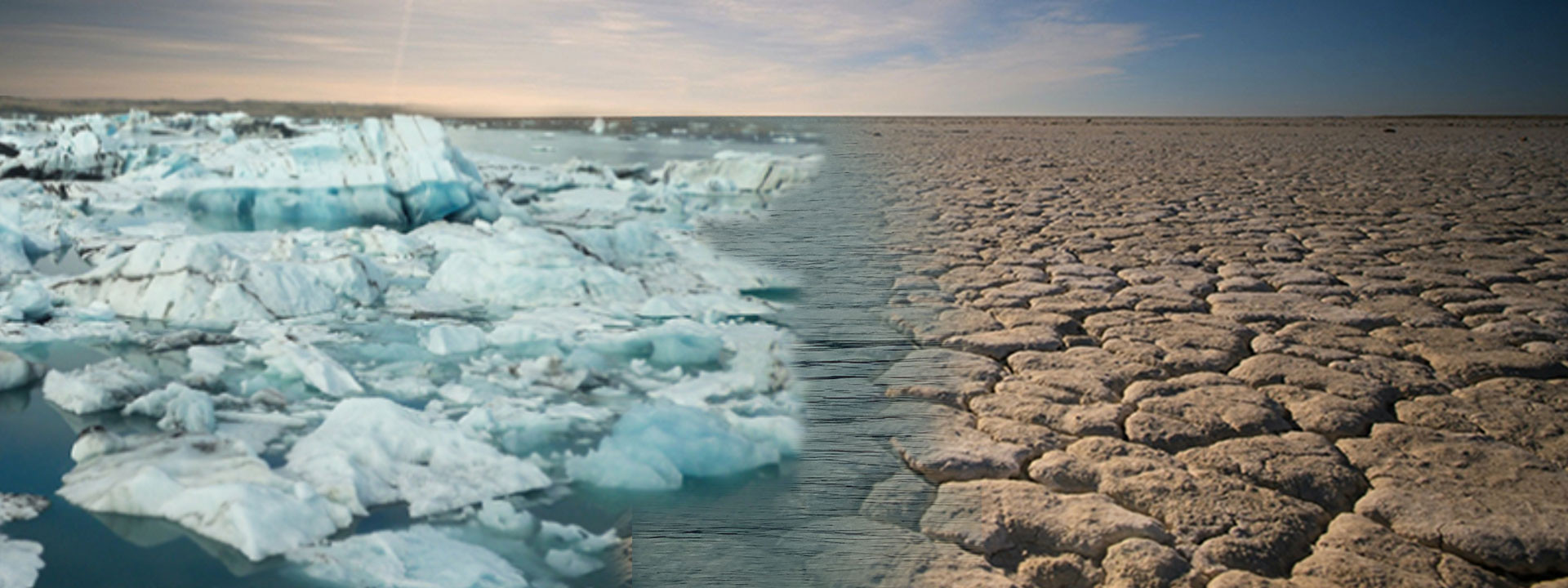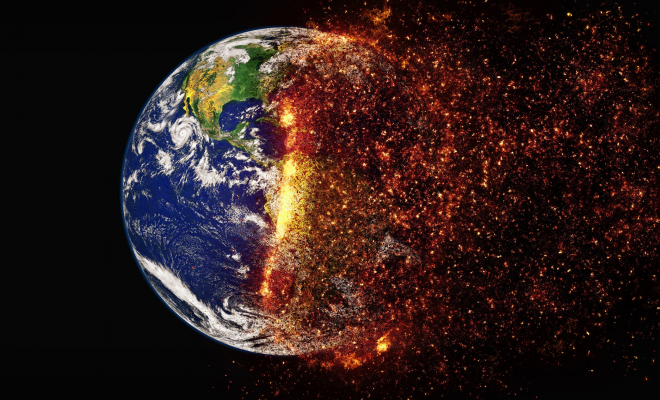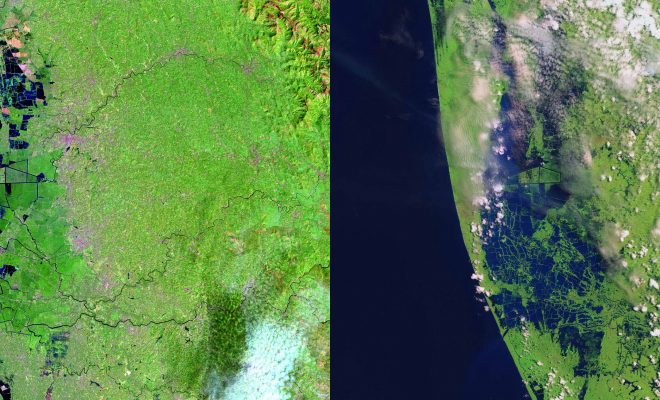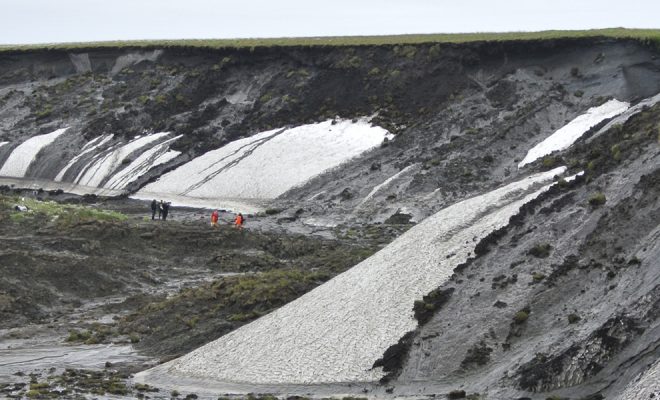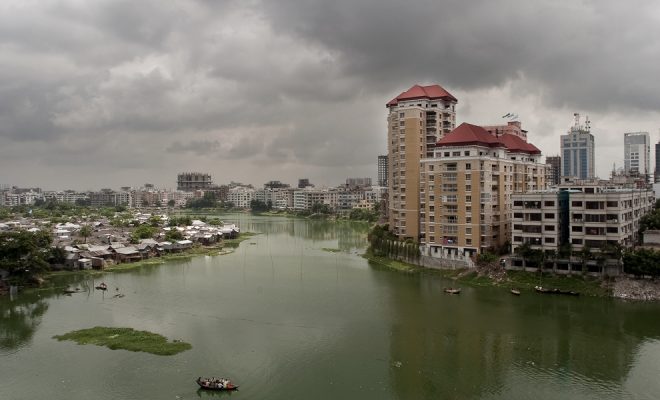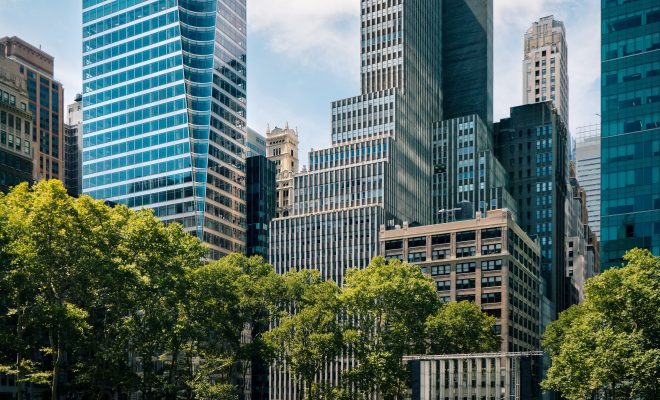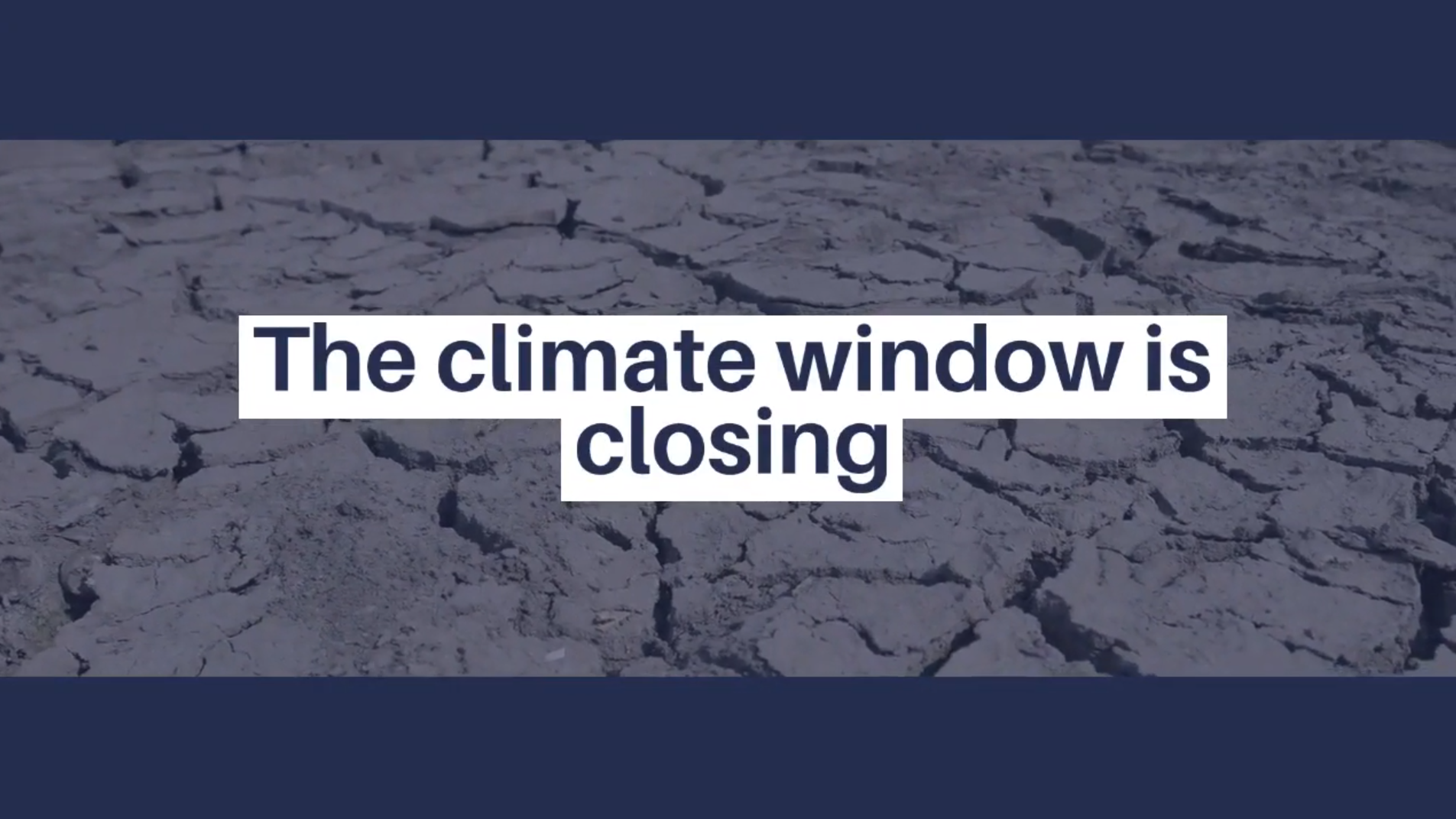
This April saw the conclusion of AR6, the most far-reaching scientific work ever undertaken for the future of humanity. With the Working Group III report, submitted last April, the Intergovernmental Panel on Climate Change (IPCC) completes its sixth report with an updated global assessment of global warming progress and mitigation targets. The document examines the sources of global greenhouse gas (GHG) emissions that cause global warming and outlines progress in emission reductions and mitigation efforts.
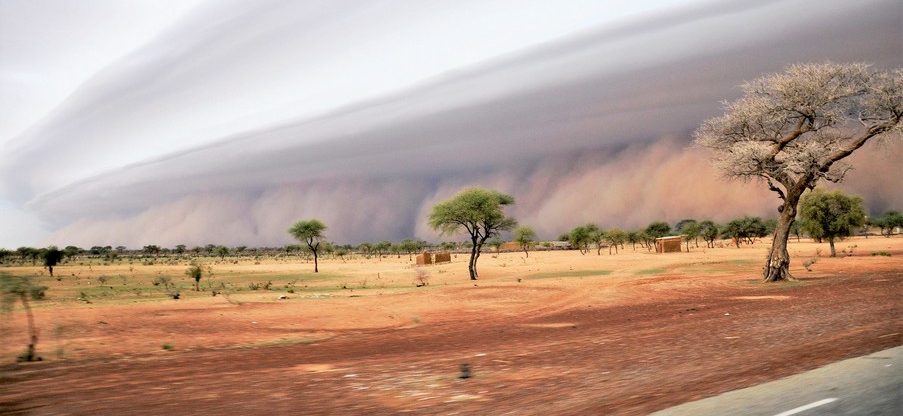
The next few years are critical to mitigating the climate crisis. © Ouoba Yempabou Ahmed (Burkina Faso) World Meteorological Organization.
A gigantic scientific undertaking
Already last August, the IPCC presented a preview of the report, long awaited since its predecessor, AR5, was the scientific basis on which climate change was addressed at COP 21 in Paris in December 2015; a conference that led to the so-called Paris Agreement signed by the 193 attending parties (192 countries plus the European Union).
AR6 is the largest global collaborative effort in the natural sciences to date. It has brought together over five years the work of more than 235 scientists from all over the world who have worked through a review of over 18,000 publications on the evolution of climate and its relationship with human activities.
Its conclusions are not substantially new compared to AR5; in fact, they confirm more emphatically the postulates of its predecessor and further refine the definition of objectives to avoid the worst of global climate change.
Its publication coincides with a spate of anomalous and extreme weather events that have wreaked havoc on the planet in recent years. Billions of people have been experiencing the reality of climate change and its severity, and the awareness that the reaction must be immediate and radical is growing daily among the international community. Denialism about the reality of climate change is receding, albeit slowly, and the question now is to move forward together in not overstepping the boundaries set by science.
The IPCC again makes it very clear that reducing the use of fossil fuels is the key if we are to control the rise in atmospheric temperature. This threshold, which was set in Paris at a 2°C increase, was lowered by half a degree by the IPCC some three years later, in its Special Report on Global Warming of 1.5°C, known as SR15. The SR15 was a significant step forward in the fundamentals of climate warming and formed the basis for the work of COP24 in 2018 in Katowice. Since then it has been the benchmark until the publication of AR6.
Global warming – how long?
The IPCC again makes it very clear that reducing the use of fossil fuels is the key if we are to control the rise in atmospheric temperature. This threshold, which was set in Paris at a 2°C increase, was lowered by half a degree by the IPCC some three years later, in its Special Report on Global Warming of 1.5°C, known as SR15. The SR15 was a significant step forward in the fundamentals of climate warming and formed the basis for the work of COP24 in 2018 in Katowice. Since then it has been the benchmark until the publication of AR6.
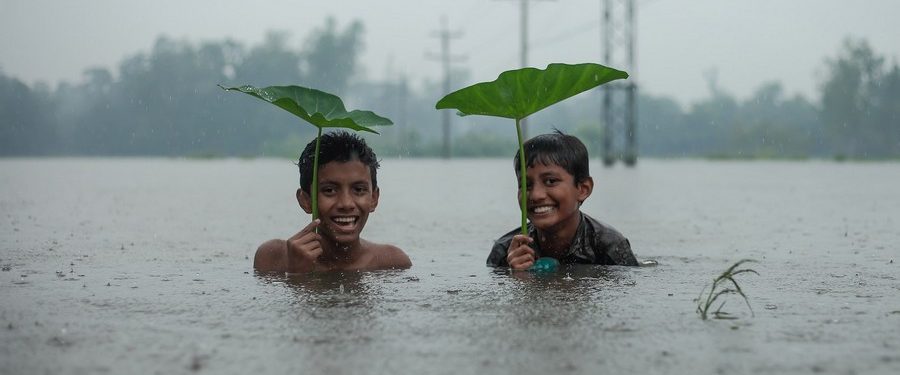
Climate change affects each and every one of the Earth’s more than 7.8 billion inhabitants. © Muhammad Amdad Hossain/World Meteorological Organization
There is no way around it. Greenhouse gas emissions must be drastically reduced this decade, and we are not on the right track. If things continue as they are now, we are heading for a 2.7°C increase, with unpredictable but surely dire consequences.
In the scenarios assessed in the report, global GHG emissions must be drastically reduced if we are not to exceed 1.5°C. The IPCC states that emissions must peak by 2025 at the latest and be reduced by 43% by 2030 at the latest. The next few years are therefore critical, but the reduction effort must continue for decades: if we want to stay within 1.5 degrees Celsius, we must reach “zero emissions” of CO2 by the early 2050s.
The basis for hope: gas reductions are possible and sustainability pays off
Between 2010 and 2019, greenhouse gas emissions reached record highs. However, in recent years the rate of growth has slowed, mainly due to an increase in renewable energy sources. In the report, the IPCC points to the up to 85% reduction in the costs of solar and wind energy, as well as storage batteries, as very positive. It also advocates the development of green hydrogen as energy store and the promotion of its use in transport.
The IPCC suggests that the best stimulus is to raise awareness that the overall economic benefit of limiting global warming is greater than the cost. In this sense, the awareness of international governance, institutions and companies of the importance of preserving the natural capital as a source of wealth must be the key to transformation. The report stresses that there is still room for hope if the necessary policies and investments are put in place to eliminate emissions and transform the energy model that currently governs the planet.
Don’t forget methane
We should not only focus on CO2. The IPCC stresses that methane (CH4) is responsible for 30-50% of the increase in temperature and that its emissions must be reduced by about a third. Livestock produces approximately 32% of anthropogenic methane emissions, and certain crops, such as rice, release up to 8%.
In this sense, the melting of permafrost, one of the largest methane sinks on Earth, as well as CO2, is a cause for concern. In its Special Report on the Ocean and Cryosphere in a Changing Climate, presented in 2019, the IPCC explained that permafrost temperatures have risen to record levels since 1980, and warned that this frozen layer in Arctic areas contains between 1,460 and 1,600 gigatons (billion tons) of organic carbon, almost double the amount of carbon currently in the atmosphere. If lost, the released carbon can trigger a vicious cycle that feeds back on itself and accelerates its degradation to a point of no return, and global warming can accelerate to unpredictable levels.
What to do?
The IPCC points out that we will need to achieve net “zero emissions” and start removing CO2 from the air as a complementary action to ensure mitigation. This includes the development of feasible and cost-effective technologies, such as many that have already been initiated, without forgetting that forests and oceans are the major CO2 sinks in the air, and that they are the two major natural sinks that must be preserved at all costs.

Glaciers and Sea Level Rise. Aerial view of the Sverdrup Glacier, a river of ice that flows from the interior of the Devon Island Ice Cap (Canada) into the ocean. © NASA Goddard Space Flight
The AR6 also underlines the importance of urban spaces in reducing emissions. The commitment to regenerative cities is key to consuming less energy and water. It also stresses the importance of achieving buildings with maximum energy efficiency and reducing the coefficient of absorption of thermal radiation by developing the green mantle of cities.
As for industry, which accounts for a quarter of global emissions, the IPCC advocates the circular economy, a system that ensures efficient use of natural resources, uses renewable energy and generates value in waste for reuse in production processes.
Maximum collaboration
Climate change affects each and every one of the Earth’s more than 7.8 billion inhabitants. We face one of the greatest challenges for the future and the greatest, without doubt, that has ever required the global and joint collaboration of all humanity.
Science has shown that climate change mitigation is possible, it has set credible targets and it has also shown that this possibility relies on governments, businesses, institutions and each of us working together. This is the only way to ensure that money and efforts are spent on solutions and not on wasteful mitigation of climate damage such as droughts, floods, sea level rise and heat waves. We are at a crossroads, the climate window is closing and time is running out.


